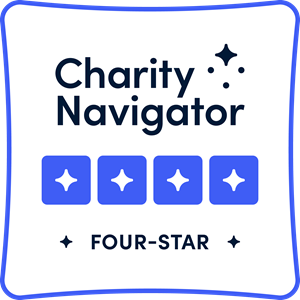As the Moon Goes…
The Jewish calendar demystified
You may have noticed that the Jewish holidays move around a lot on the calendar. Chanukah bounces all over late November and December. Passover is in the spring, but could be anytime in April. Sometimes Yom Kippur is in mid-October, sometimes mid-September. Dates are listed both in the English calendar and in the Hebrew. Also, it’s the year 5777. What is going on?!
Relax, it’s not some obscure Jewish ritual that only those “super Jews” know about. Take a few minutes to read on – dropping trivia about the Jewish calendar is a great way to break the ice at your next Jewish singles mixer!
The Jewish calendar is based on the lunar cycle rather than the solar cycle, like the secular, or civil, calendar is. The Jewish calendar coordinates days (the rotation of the Earth on its axis), months (the moon revolving around the Earth), and years (the Earth around the sun), which don’t necessary align together, by reconciling both the lunar and solar systems.
One thing to know: I am an expert on Jewish history, not on Jewish math – or really math of any kind. But let’s take a quick look at the math on this. It takes about 29.5 days for the moon to revolve around the Earth, and about 12.4 months for the Earth to go around the sun. There are 12 Jewish months, each one either 29 or 30 days. But that leads to a problem: a 12-month lunar year is 11 days shorter than a solar one. But adding a 13th month would overcompensate by making the year 19 days longer. So the Jewish calendar tosses in an entire leap month every now and again to make everything nice and balanced. This is why the Jewish holidays drift around the civil calendar – because the lunar cycle doesn’t sync with the secular one.
This leap month, called the shanah me-uberet, or “pregnant month” is part of a 19-year cycle first developed by the ancient Babylonians, then later adopted by the Jews. It turns out that dropping in this “pregnant month” at various intervals over nineteen years makes for a smoothly-working long-term calendar system.
In ancient times, the Jews used a system of observational reporting to keep track of the cycle. If I saw from my field that a new moon had appeared, I would fire off a dated letter to the Jewish religious authority in Jerusalem, called the Sanhendrin. When the Sanhendrin received letters from two eyewitnesses reporting the same date, they declared that a new moon had risen and thus a new month had begun.
Okay, so that covers the months. What about the years? In the year 160 CE (the Common Era, which is the modern way of saying AD), Rabbi Jose ben Halafta calculated that Adam, the first human, was created in the year 3760 BCE (Before the Common Era, equivalent to BC). Rabbis later fixed Year One of Judaism to be 3761, acknowledging that the whole notion of God creating the earth in six days might be metaphorical, not literal, and therefore having a fixed date is a bit arbitrary. In any case, to determine the Jewish year, just add 3761 to the civil year, then adjust for Rosh Hashanah. So, beginning on Rosh Hashanah a couple weeks ago, we are now in the year 5777.
You probably know that the Jewish New Year starts on Rosh Hashanah – the 1st day of the Hebrew month of Tishrei. This date commemorates the anniversary of the date of creation, which is why some people say that Rosh Hashanah is the “birthday of the world.” But there are three other new years’ days throughout the calendar. Think of the parties you can have now!
In the springtime, around Passover, is the 1st of Nisan, which is observed as the anniversary of the Jews’ escape from slavery in Egypt, and is considered the first month of the year (it’s like January). In the summer, but no longer much observed, is the 1st of Elul, which was essentially the start of the ancient fiscal year – the priests used that date to coordinate the populace paying their annual animal tithe to the Temple. And in the winter, we have Tu B’Shvat, the 15th day of the month of Shevat, which is considered the “new year for trees” and thus has heavy agricultural and environmental overtones (the Torah forbids eating fruit from trees less than three years old).
Finally, you probably also noticed that Jewish holidays begin during the evening of the “night before”, most especially Shabbat, which is observed from Friday night to Saturday night. Why? Because the Book of Genesis says that “it was evening and it was morning, one day.” So evening is actually the first part of the day! In the Jewish tradition, darkness comes before light.
And how do you tell when the day (evening) is beginning? You kind of wing it. Tradition is that evening begins when you can observe three stars in the sky, but the generic “sundown” can also work. Some of you may have to rethink your birth date.


